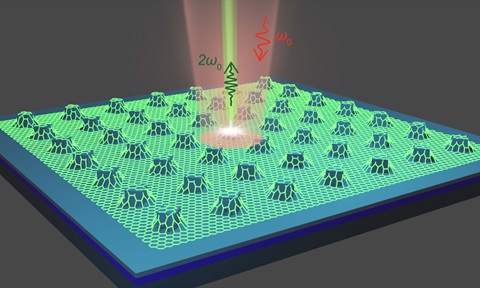
TT-Logic.AI: Building Explainable, Verifiable, Compact and Secure AI Solutions for Critical Applications at Scale
Synopsis
TT-Logic.AI develops AI solutions for critical applications, focusing on explainability, verifiability, compactness, and security. Their technology enables practical, privacy-preserving AI, especially for tabular datasets, and is suitable for a wide range of sectors including banking and finance, healthcare, and autonomous vehicles.
Opportunity
Artificial intelligence (AI) is a technological revolution poised to impact every aspect of our lives. As a leading smart city, Singapore holds a pivotal role in shaping this transformation. According to a PwC study, over 70% of executives foresee the pervasive influence of AI, with impact across all business aspects. PwC further estimates that AI will contribute to a remarkable US$15.7 trillion in global gross domestic product (GDP) by 2030. While explainable AI (XAI) is not a novel concept, it is evolving to be a core component of the expanding AI market. As the PwC study emphasises, "XAI is only going to get more important," highlighting the rising importance of XAI in the broader AI landscape.
Technology
Our technology introduces a novel category of neural networks, providing AI solutions characterised by explainability, verifiability, compactness and privacy.
- Explainability: Providing precise global explanations and the exact rules learned by the AI model, our technology enables clients to transform raw data, into meaningful results through high-quality visual analytics. This empowers them to enhance models based on these explanations, which is particularly valuable with large datasets.
- Formal Verification: Our technology enables clients to formally verify specific properties of the model, such as robustness to adversarial attacks or fairness according to certain features.
- Compactness/AI for Embedded Systems: Our technology produces extremely small models, requiring fewer logical gates and lower latency than other existing solutions—even for large datasets. This makes it suitable for both constrained software and hardware environments.
- Privacy-Preserving AI: Addressing the computational and memory costs associated with privacy-preserving AI technologies, our solution significantly reduces these expenses. This facilitates practical privacy-preserving AI solutions, particularly for tabular datasets.
- Automated Training and Testing: Our technology streamlines the training and testing processes through automation.
- User-Friendly Interface: Our technology offers comprehensive explanations of model inferences through a set of logical rules, providing clients with a deeper understanding of their AI models.
- Client-Side Software Development: We are actively developing user-friendly client-side software.

Figure 1: General architecture of the TTnet model with a one-channel input.
Applications & Advantages
Applications
- Banking (credit scoring, customer churn, anti-money laundering, among others);
- Insurance (claims management, fraud mitigation, among others);
- Healthcare sector (clinical workflow and predicting ICU transfers, among others);
- Data analytics like pricing optimisation, and marketing companies (content personalisation and lead scoring, among others);
- Research teams (DNA, health, environment and energy, among others) and academia;
- Autonomous cars (embedded AI);
- Energy (AI for edge computing);
- Security/military (private, safe, compact and verified AI), government agencies and immigration (responsible and fair AI);
- Manufacturing, logistic, supply chain (predictive maintenance and transportation optimisation, among others); and
- Individual users (data analysts and AI professionals).
Advantages
- Encrypted Inputs and User Privacy: First to be optimised to operate on encrypted inputs, ensuring full user data privacy;
- Privacy-Preserving AI for Tabular Datasets: Offers the first practical solution for a privacy-preserving AI model specifically designed for tabular datasets;
- Compactness for Microcontrollers and Small Areas: Demonstrates exceptional compactness, fitting seamlessly into tiny microcontrollers (software) or occupying minimal space in hardware configurations;
- Global and Exact Interpretability: Naturally transforms into a set of logical rules, providing both global and precise interpretability of the inference—a feat unattainable with current models designed for large datasets;
- Formal Verification of Properties: Verifies the presence of specific properties, such as robustness to noise levels or fairness. This capability is typically impossible with most AI models, particularly those scaled for large datasets; and
- Simultaneous Advantages: Achieves all these advantages concurrently, making it a comprehensive solution that prioritises privacy, compactness, interpretability and formal verification.




.tmb-listing.jpg?Culture=en&sfvrsn=3b74ec1c_1)










